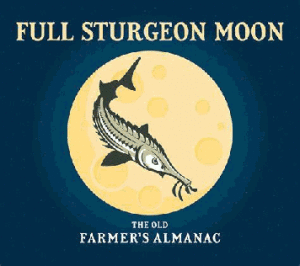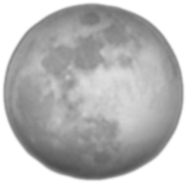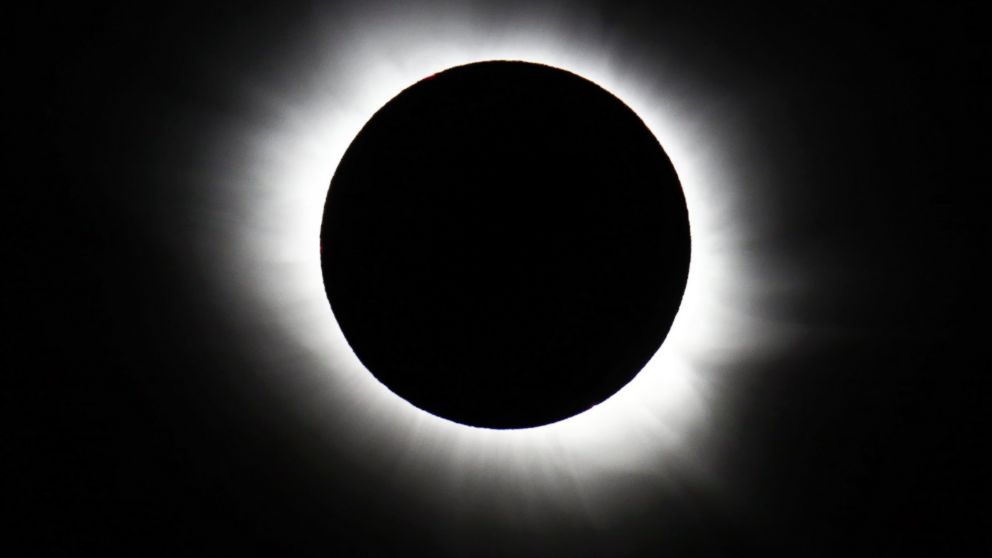
From The Old Farmer’s Almanac:
“August’s full Sturgeon Moon reaches its peak on Thursday, August 11, 2022. It will be the last supermoon of the year! Learn when to look for it and why August’s Full Moon got such a peculiar name.”
When to See the Full Moon in August 2022
August’s full Moon will appear on the night of Thursday, August 11, reaching peak illumination at 9:36 P.M. Eastern Time. On either of these nights, look toward the southeast after sunset to catch a glimpse of the Sturgeon Moon rising.
→ Consult our Moonrise and Moonset Calculator to see precisely when the Sturgeon Moon will be visible in your area!
Summer’s Last Supermoon
The Sturgeon Moon rounds out this year’s parade of four supermoons, which started in May! Supermoons are commonly defined as full Moons that occur while the Moon is at its nearest point to Earth. (Because its orbit is not a perfect circle, the Moon’s distance from Earth changes throughout the month.) Supermoons are ever-so-slightly closer to Earth than the average full Moon, which technically makes them extra large and bright from Earth’s perspective.
→ Read more about this year’s supermoons here!
Summer’s Last Supermoon
The Sturgeon Moon rounds out this year’s parade of four supermoons, which started in May! Supermoons are commonly defined as full Moons that occur while the Moon is at its nearest point to Earth. (Because its orbit is not a perfect circle, the Moon’s distance from Earth changes throughout the month.) Supermoons are ever-so-slightly closer to Earth than the average full Moon, which technically makes them extra large and bright from Earth’s perspective.
Why Is It Called the Sturgeon Moon?
The full Moon names used by The Old Farmer’s Almanac come from a number of places, including Native American, Colonial American, and European sources. Traditionally, each full Moon name was applied to the entire lunar month in which it occurred, not solely to the full Moon.
August’s full Moon was traditionally called the Sturgeon Moon because the giant sturgeon of the Great Lakes and Lake Champlain were most readily caught during this part of summer.
What Is a Sturgeon?
These prehistoric-looking fish have been traced back to around 136 million years ago and many people call them “living fossils.”
Females require around 20 years to start reproducing, and they can only reproduce every 4 years. However, they can live up to 150 years!
Today, there are about 29 species worldwide, including the lake sturgeon found in the Great Lakes. They have evolved in size from the size of a bass to monster sturgeon as big as a Volkswagen.
The lake sturgeon is quite rare today, due to intense overfishing in the 19th century, pollution, and damage to their habitat.
Alternative August Moon Names
Flying Up Moon is a Cree term describing the time when young birds are finally ready to take the leap and learn to fly.
Corn Moon (Algonquin, Ojibwe), Harvest Moon (Dakota), and Ricing Moon (Anishinaabe) signify that this is the time to gather maturing crops. Along the same vein, the Assiniboine people named this period Black Cherries Moon, referring to when chokecherries become ripe.
The Tlingit people of the Pacific Northwest traditionally called this time of the season the Mountain Shadows Moon.
Watch a video on the Full Stergeon Moon, narrated by Amy Nieskens:
*



 *
*

